| Structure | Name/CAS No. | Articles |
|---|---|---|
 |
Dichloromethane
CAS:75-09-2 |
|
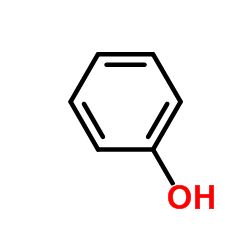 |
Phenol
CAS:108-95-2 |
|
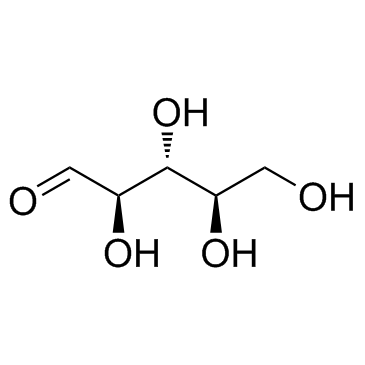 |
D-Ribose
CAS:50-69-1 |
|
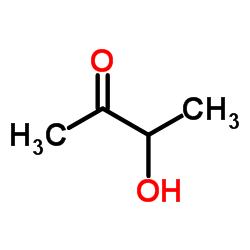 |
Acetoin
CAS:513-86-0 |
|
 |
3,3-dimethyl-2-butanol
CAS:464-07-3 |
|
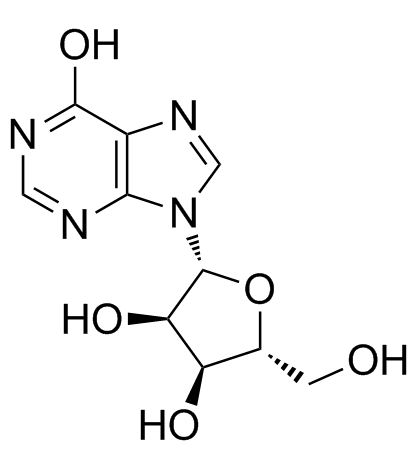 |
Inosine
CAS:58-63-9 |
|
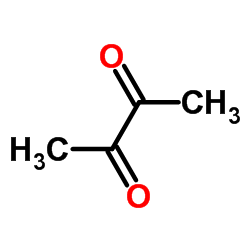 |
butane-2,3-dione
CAS:431-03-8 |